Partners United with a Vision for an NTD-Free Nigeria
The END Fund has an audacious but achievable goal—ending NTDs in Nigeria, where more than 166 million people require treatment. All five NTDs that can be treated with mass drug administration (MDA) are present in the country: river blindness, lymphatic filariasis, schistosomiasis, trachoma, and intestinal worms.
National and international non-governmental organizations, the private sector, popular national figures, and the international community all have a vital role to play in ending NTDs in Nigeria.
Since 2013, the END Fund’s partnership with the Federal Ministry of Health (MoH) and implementing organizations has provided over 200 million treatments to millions of Nigerians. With an initial scope of targeting only river blindness in 2013, the END Fund now supports activities targeting all five NTDs in seven states alongside Amen Healthcare and Empowerment Foundation (Amen Foundation), MITOSATH, CBM / Health and Development Support, and Helen Keller International.
National organizations deftly navigate the diversity of cultures, languages, religions, and political contexts in areas where MDA is needed. Rita Oguntoyinbo, the president of the Amen Foundation, advocates to community leaders to build trust and encourage their communities to accept treatment. “When the Emir comes out to take medication, it shows that it’s safe and good enough for everybody,” she said of community leaders who mobilized their communities in Gombe state to participate in the MDA.
A coalition of Nigerian private sector and philanthropic partners are committed to supporting the national NTD program. In 2021, these included Access Bank, Aspire Coronation Trust (ACT) Foundation, First City Monument Bank (FCMB), Flour Mills of Nigeria Plc. (FMN), IHS Nigeria, and the Ishk Tolaram Foundation.
The END Fund’s investments in Nigeria are strategically designed to build the capacity of our partners, fill gaps in implementation, and support the MoH to achieve its national goals for NTDs. As higher levels of treatment coverage are achieved, we will shift our focus to invest in innovative reporting and diagnostic tools that measure outcomes of treatments and inform future strategies to sustain progress made in ensuring these diseases do not return.
